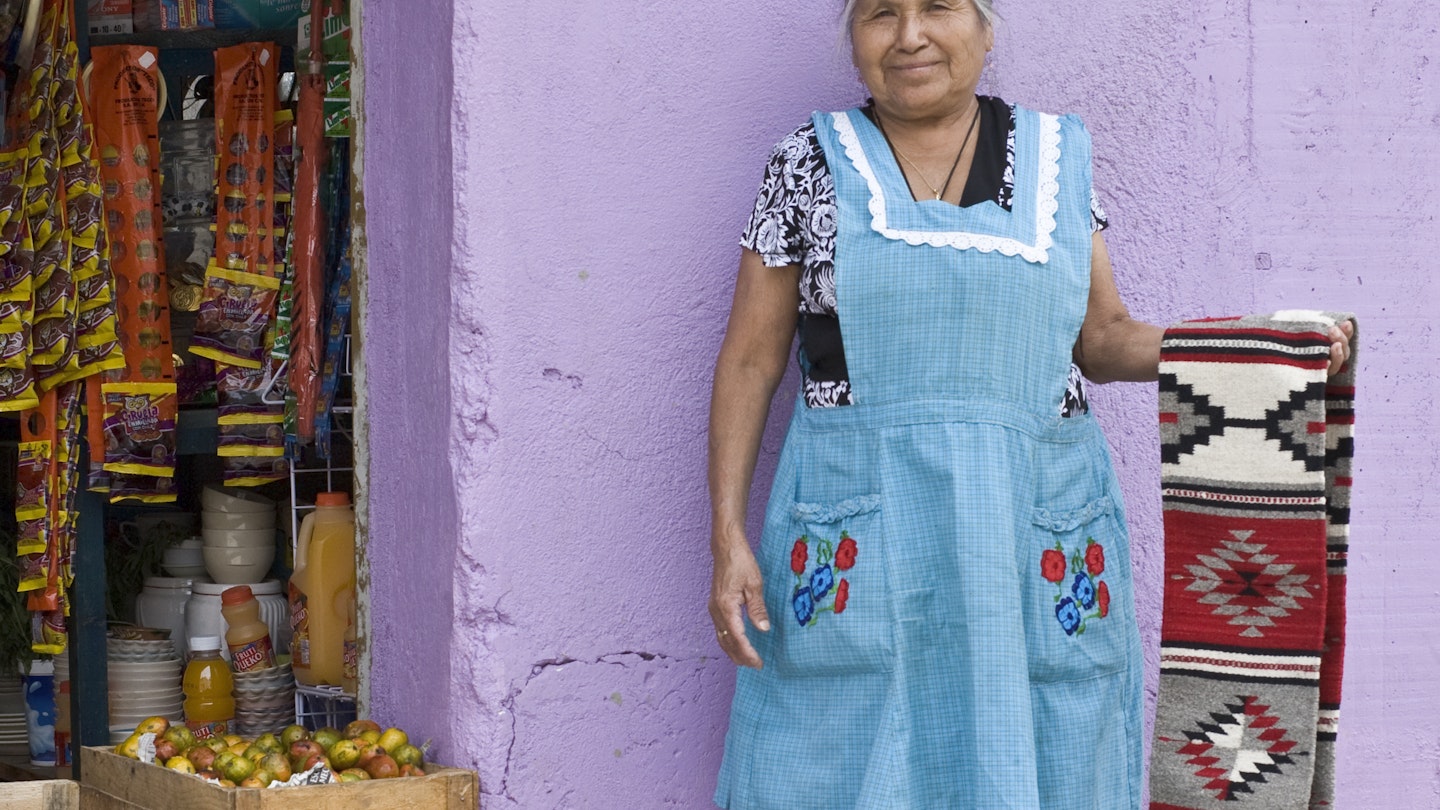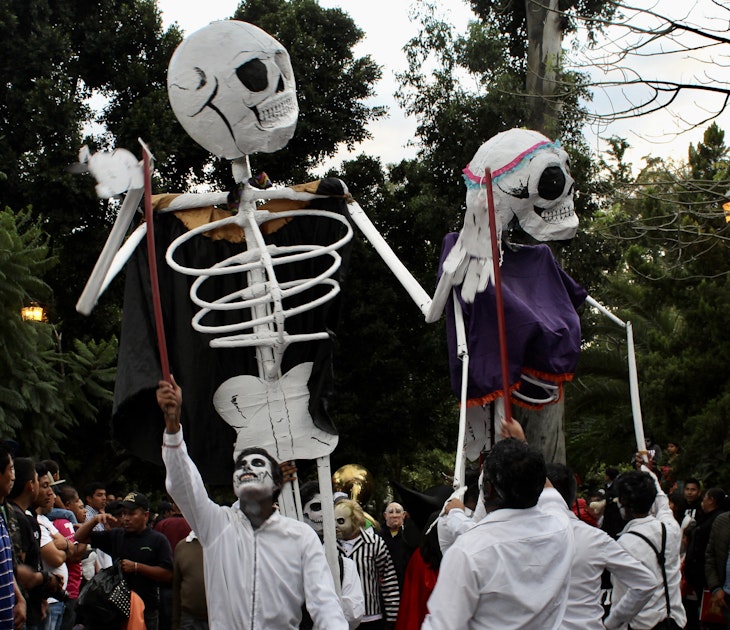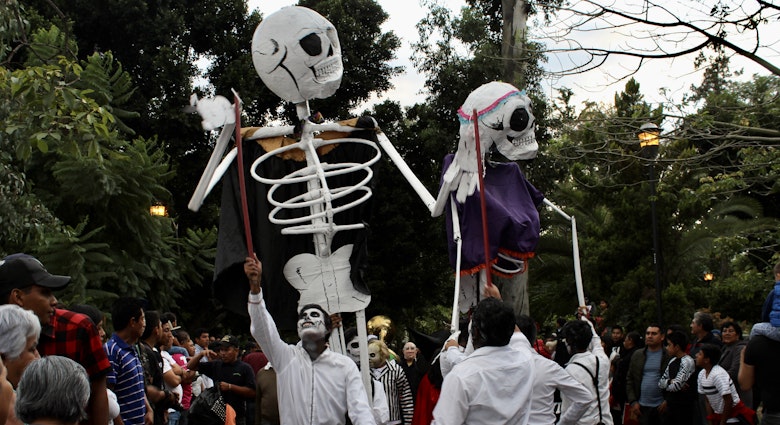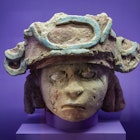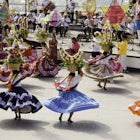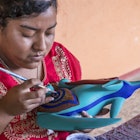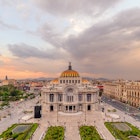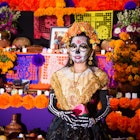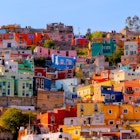Mexican textiles have a rich history, dating back to at least 1400 BCE. In pre-Hispanic times, common fibers used included those from yucca, palm, and maguey plants as well as cotton in the warm valleys of the south. After the Spanish conquered the Aztec Empire, new textiles such as silk and wood were introduced, as well as the loom.
The two Mexican states most revered for their handcrafted textiles are Oaxaca and Mexico State. Oaxaca is known for a variety of handmade textiles that are made on backstrap or foot pedal looms. The city of Oaxaca is also home to The Textile Museum, which is located in the former monastery of San Pablo and boasts a collection of 4,000 pieces.
Throughout Mexico State, one can find an assortment of napkins, tablecloths, sheets, kitchen items, clothing, linens, rebozos, and rugs in cities like Jiquipilco, Tejupilco de Hidalgo, Temascaltepec de González, Temoaya, Valle de Bravo, Zacazonapan, Toluca, and Tenancingo.
Here are a few types of textiles to look for when traveling in Mexico:
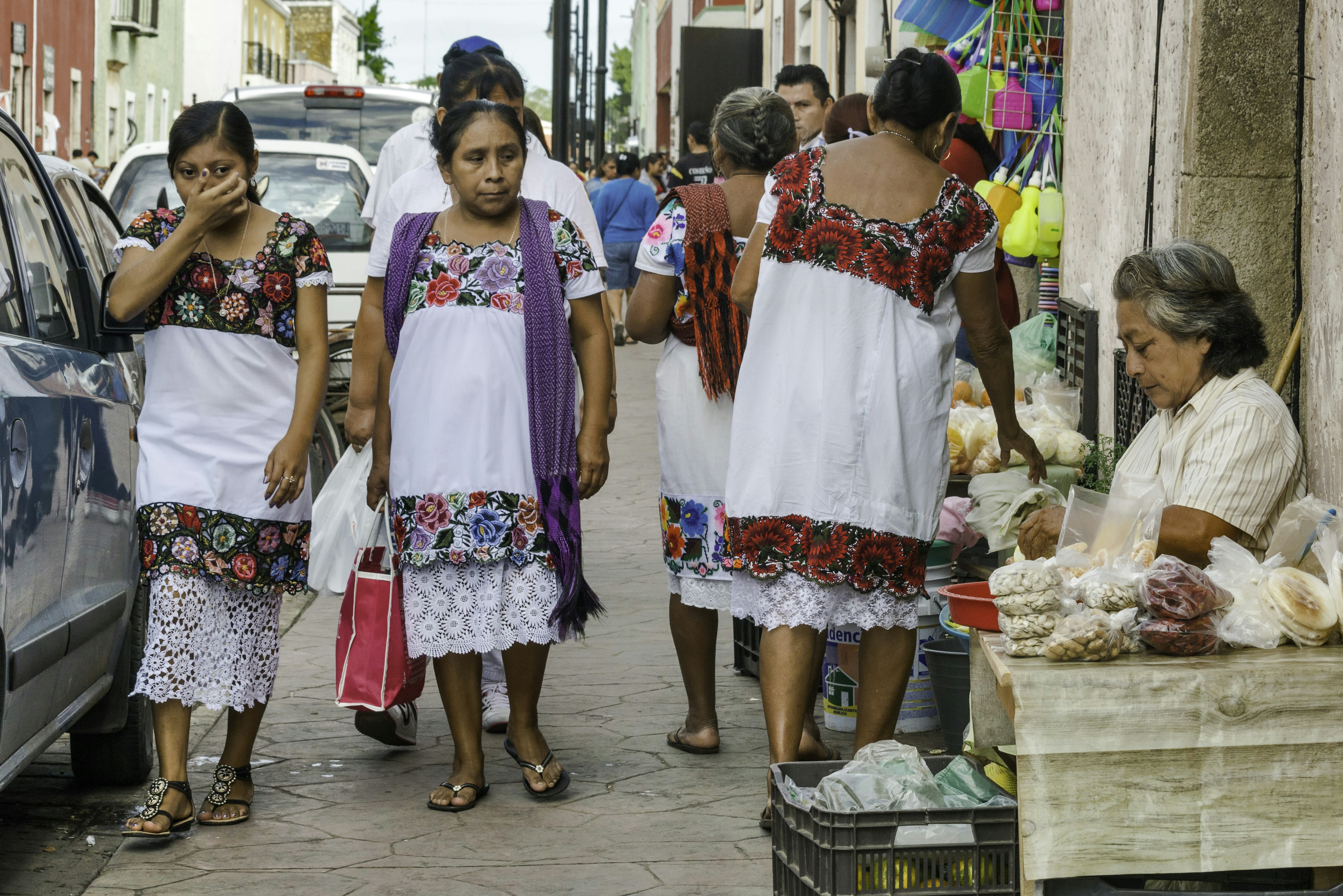
Huipils
Stemming from the Nahuatl word huīpīlli, huipils are loose-fitting, tunic-style dresses that are commonly embroidered with straight stitching, cross-stitching, and pleats with floral and geometric designs. In the state of Michoacán they’re called guanengos.
Huipils have been worn by Indigenous women of all societal standings in Central Mexico and Central America since before the arrival of the Spanish to the Americas. They remain the most popular garment worn by Indigenous women in the present day, although you’re more likely to see locals wearing shorter, blouse-like versions. They are most often made from cotton, but in places like Ocotepec and Cuquila, Oaxaca, wool is sometimes used. They’re considered casual garments appropriate for everyday wear while more intricate, decorative versions are reserved for ceremonial events.
The small village of Cuetzalan, Puebla, holds an annual Coffee and Huipil festival where locals and tourists are invited to better understand the significance of this traditional garment. The oldest huipil in existence can be found in Mexico City’s National Anthropology Museum.
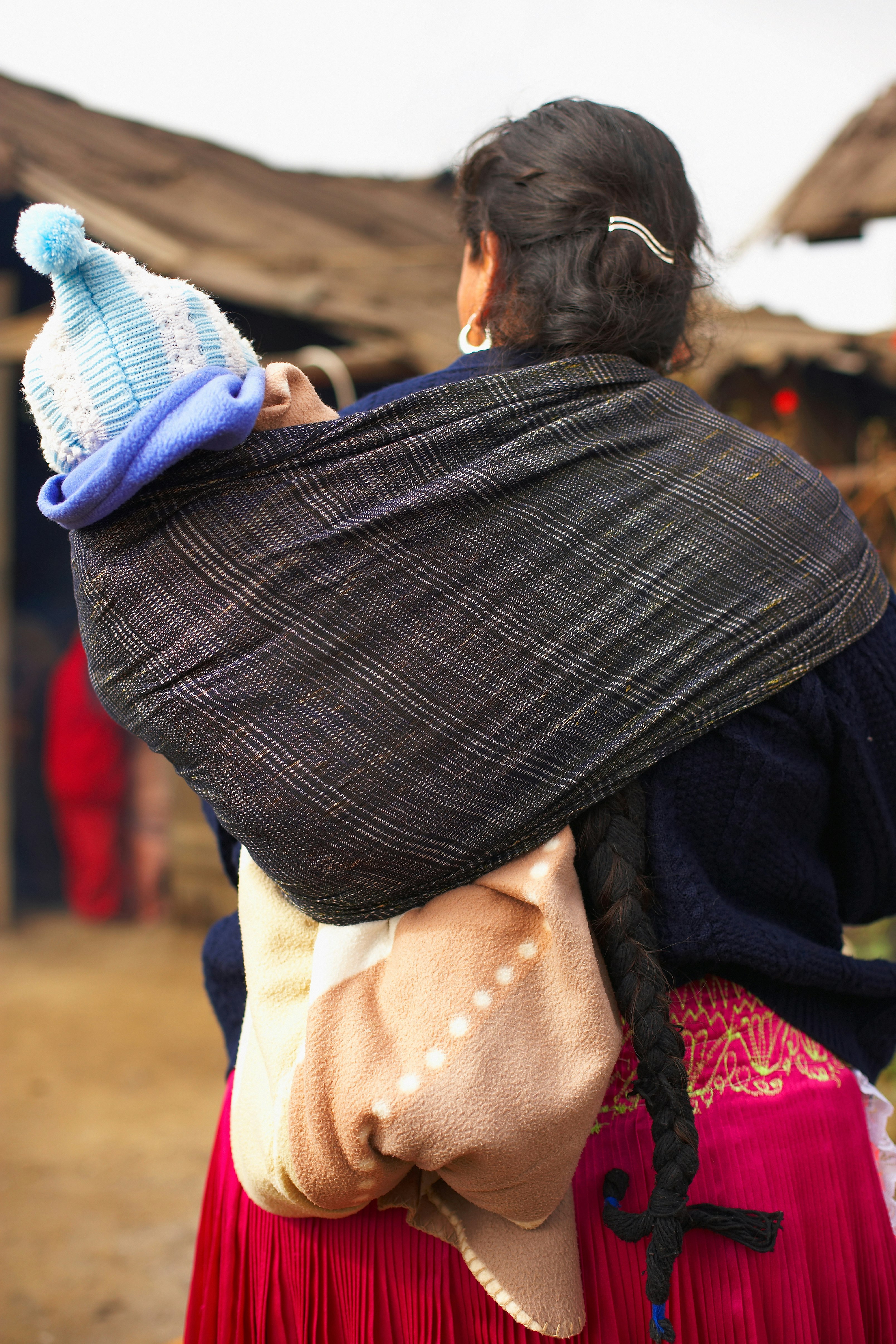
Rebozos
Though introduced during the colonial period, rebozos are now worn by both Indigenous and Mestizo communities. The long, rectangular shawl with fringe on both ends draws influence from the pre-Hispanic mámatl, the Spanish mantilla, and an Asian-derived garment called the repacejo. Rebozos are often used as a wrap to carry children or heavy objects on the body, but can also be styled as a scarf or cover-up. They often feature multicolored designs that are woven using different color threads.
The central states of Mexico and Michoacan have dominated rebozo production since the colonial period, with the town of Tenancingo being one of the best-known producers of handcrafted rebozos.
Fajillas
If you’re looking for the perfect accessory to brighten up your outfit, then fajillas could be just the thing. These thin cloth belts are often embroidered with zig-zag edging and other patterns that vary based on the region. For example, the Indigenous group Otomis often feature a moon pattern on their fajilla belts while the Tarahumara people found in Chihuahua tend to embellish theirs with triangular designs.

Serapes
The serape (used interchangably with sarape or jorongo) is a long shawl with fringe on the ends that is often worn by men. In recent years locals have begun outfitting their serapes with a hole or hood in the middle similar to a poncho style. Length varies, but they usually drape to the knees. Color and design patterns tend to vary based on the natural color of the sheep (or wool fabric) in the area. The serape is thought to have originated in the south-central region near Chiautempan and Contla, Tlaxcala and was taken to the northern part of the country during the Colonial period. The northeastern city of Saltillo is often credited for developing modern-day sarape styles and produces unique versions of the shawl that feature dark base colors with bands of yellow, orange, red, blue, green, purple and other bright colors.

Zapotec rugs
Zapotec rugs can be found in Teotitlán del Valle, Oaxaca, where the tradition dates back to pre-Hispanic times. The majority of Zapotec rugs are made on foot-pedal looms using wool that’s been dyed with natural materials like indigo, limes, and the cochineal bug, which produce colors that range from purple to yellow to everything in between. Zapotec rugs can also be found in the neighboring towns of Mitla, Santa Ana del Valle, and Tlacocula de Matamoros, but Teotitlan del Valle is worth a visit if you want to visit artisans in their workshops and see them working from huge looms that encompass entire rooms. The rugs are often decorated with pre-Hispanic idols and animals.
